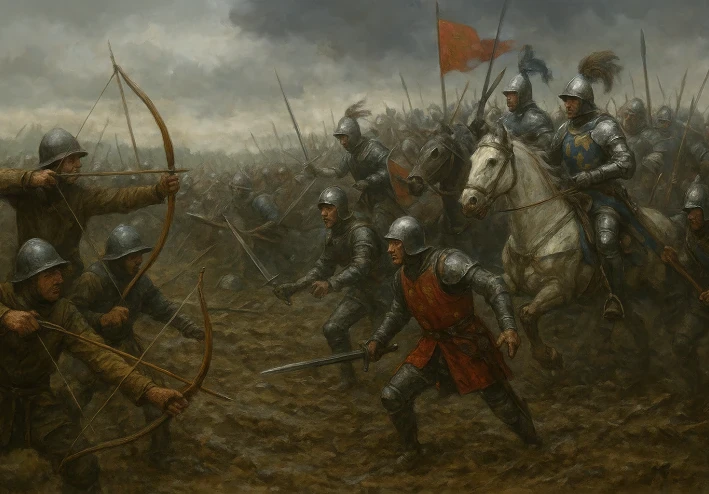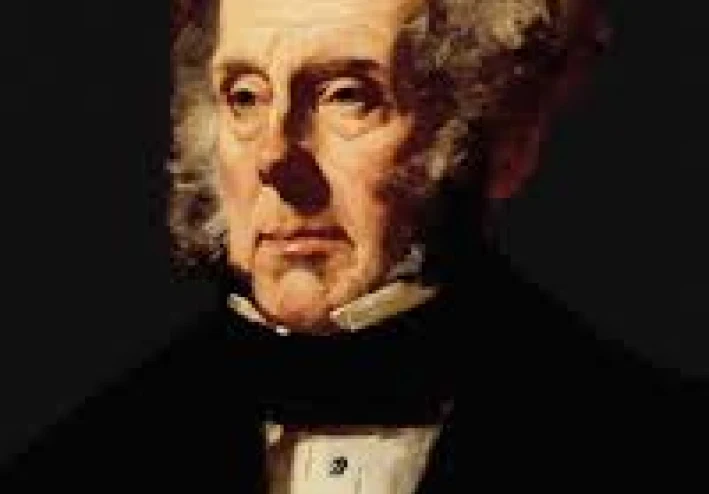The Battle of Agincourt: Against All Odds

On the cold morning of October 25, 1415, in the muddy fields of northern France, two armies faced each other in a clash that would echo through history. The Hundred Years’ War had raged for decades between England and France, and now the fate of kings and kingdoms rested on a single battle—the Battle of Agincourt.
The Weary English Army
The English army, led by King Henry V, was in dire condition. After a grueling march from Harfleur, disease and exhaustion had thinned his forces to about 6,000 men, most of them archers. They were trapped, outnumbered by a French army that boasted over 20,000 knights and soldiers. The French nobles were confident of victory; their pride in heavy cavalry and shining armor made them underestimate the lean and mud-spattered Englishmen.
Henry, however, refused to surrender. He inspired his men with fiery words, reminding them that their cause was just and that courage would outweigh numbers. His army took position in a narrow field flanked by woods, forcing the French to attack head-on. The ground, soaked by days of rain, was a swamp of thick mud—a factor that would soon change the course of history.
The Storm of Arrows
As the French advanced, their knights gleaming under the pale autumn sun, the English archers raised their longbows. With a deafening cry, a hail of arrows darkened the sky, raining death upon the approaching cavalry. Horses screamed, men fell, and chaos rippled through the French ranks.
The muddy ground became a trap. French knights, weighed down by heavy armor, sank knee-deep in the mire. Their desperate attempts to charge turned into a slow, stumbling crawl under relentless arrow fire. Thousands fell before reaching the English line.
The Clash in the Mud
When the French finally reached the English position, the fighting was brutal and close. The English, though weary, fought like lions. Archers dropped their bows and wielded axes, swords, and mallets, striking down knights who struggled to rise from the mud. The narrow field turned into a killing ground where French valor was crushed under the weight of terrain and tactics.
Amid the carnage, King Henry himself fought on the front lines, his courage fueling his men’s resolve. At one point, the French nearly captured him, but his loyal soldiers rallied to protect their king.
A Stunning Victory
By the end of the day, the flower of French nobility lay dead or captured. Over 6,000 French soldiers perished, while English losses numbered only a few hundred. Against all odds, Henry V had secured one of the most astonishing victories in military history.
The victory at Agincourt became a symbol of English resilience and tactical brilliance. It proved that discipline and strategy could triumph over arrogance and overwhelming numbers.
The Legacy of Agincourt
Agincourt reshaped the course of the Hundred Years’ War and solidified Henry V’s place among the legendary kings of England. The longbow, the muddy field, and the determination of a small army had humbled the might of France and carved a timeless story of courage against the odds.
To this day, the Battle of Agincourt remains a testament to the power of leadership, preparation, and unwavering spirit when the world seems impossible to conquer.





































